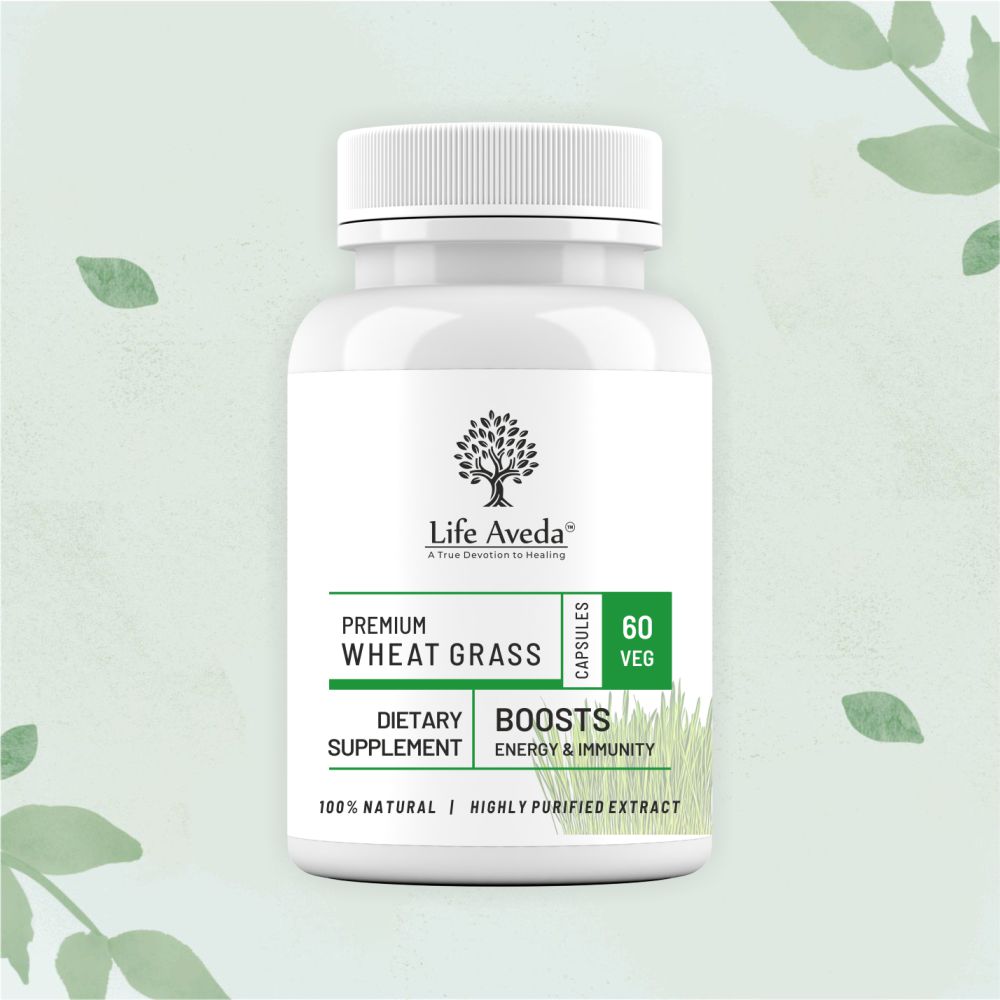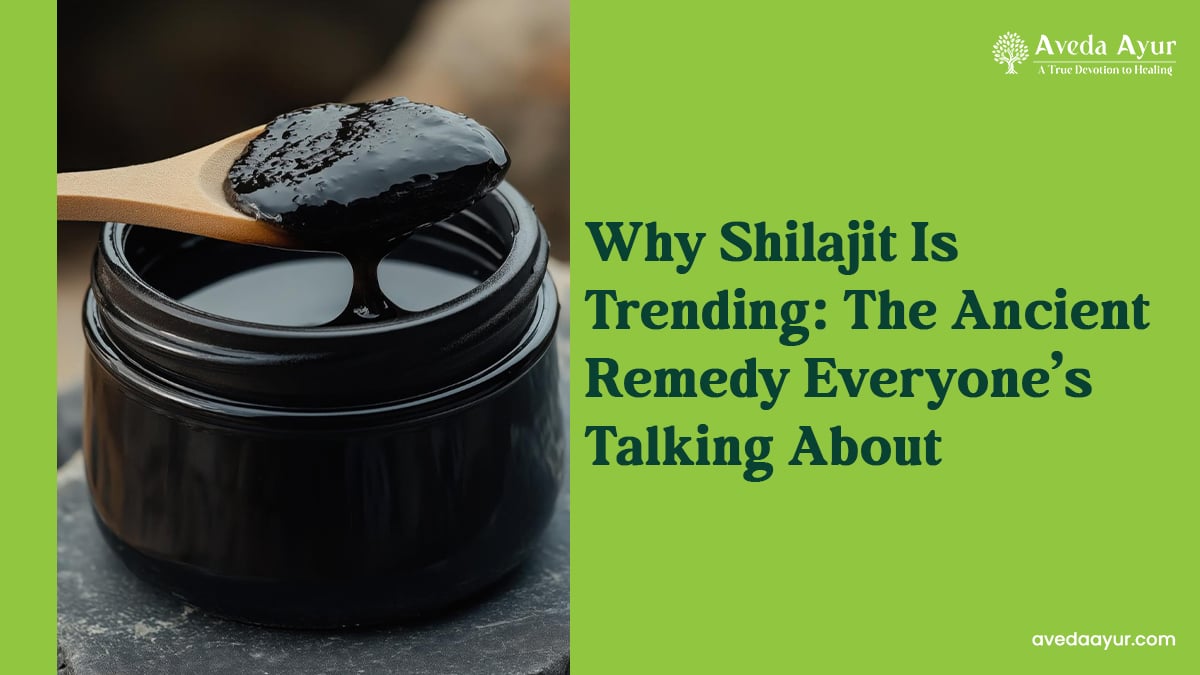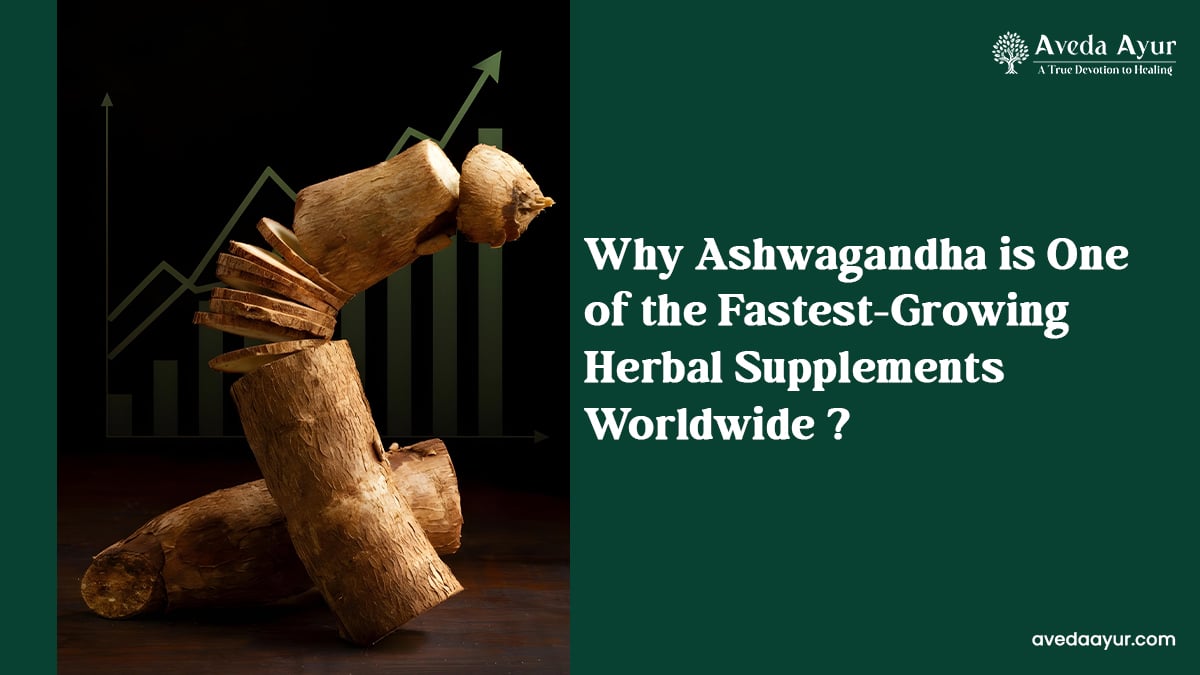Benefits of Wheatgrass, Overview, Medicinal Properties, Dosage and Side Effect
Wheatgrass has been explained in Ayurveda texts since ancient times as one among grains. It is considered to be the best at its nutritional peak with a myriad of benefits. This is best grown in farmlands and harvested at its age 3 to 4 months.
After that, it is carefully dehydrated and preserved for the future for its rich nutritional value. As a dietary supplement, it helps to improve the body’s nourishment and strength. In various procedures of Panchakarma and Upakarma, it shows very effective results.
Latin name: Triticum aestivum
Family: Poaceae
Wheat Grass Names in different languages:
- English name: Wheat
- Hindi name: Gehun
- Sanskrit name: Godhuma
- Tamil name: Godumai
- Kannada name: Godhi
- Telugu name: Godhumalu
Wheat Grass Synonyms in the Sanskrit language
- Sumana: Calms and improve the mental strength
- Arupa: It grows in marshy lands
- Bahudugdha: It contains a good amount of starch and gives white color like milk
- Other synonyms are- Yavaka, Rasika, Girija, Hudumba, Satinama
Morphological characteristics of Wheat Grass
Wheatgrass is an annual grass that is erect and grows up to the height of 1.2 m. Its leaves are 20 to 40 cm long, 1.3 m broad, and flat. Flowers are like spikes, slender, dorsally compressed, and also flattened. Its spikelets are 2 to 5 in number, far apart on the stem and overlap slightly, erect, and also close to rachis.
It is native throughout northern India and nearly more than 100 varieties of wheat have been cultivated all over the globe.
Main chemical composition:
The main chemical constituents present in wheatgrass are Tocopherol (vitamin E), Ergosterol (Provitamin D), Linoleic acid.
Nutrients:
Nutrients present in it are Proteins, Amino acids, vitamins A, B, C, and E, Various enzymes, Minerals like Potassium, Magnesium, Zinc, Calcium, Iron, Selenium, and sodium, and Chlorophyll.
Medicinal properties of wheatgrass:
- Rasa (Taste): Madhura (Sweet)
- Guna (Quality): Guru (Heaviness) and Snigdha (Slimy)
- Veerya (Potency): Sheeta (Cold)
- Vipaka (Undergoes sweet taste after digestion): Sweet
- Karma (Action): Vatapittashamaka (Balances Vata as well as pitta dosha)
Types of wheatgrass
- Mahagodhuma- It is bigger and is imported from western India
- Madhulika, Madhuli- It is of the smaller variety
- Nandimukhi or Nisshuka- It is elongated whose ends are blunt
Benefits of Wheat according to Ayurveda:
- Madhura- It is sweet
- Hima- Cool in potency
- Vrushya- It improves vigor ie., aphrodisiac
- Sara- Relieves constipation
- Sthairyakrut- It improves strength and stability
- Brimhana- It also improves weight
- Snigdha- It is oily and unctuous
- Ruchiprada- It improves the taste
- Sadhana Krut- It also heals wounds and fractured bones
Therapeutic uses of Wheatgrass:
Flatulence: Flatulence is known as the condition of accumulation of gas that causes discomfort in the abdomen or its part like the intestines. This condition is caused due to an imbalance of Vata as well as Pitta dosha.
A low level of Pitta dosha in the body with the aggravation of Vata dosha results in Mand Agni (low digestive fire). The poor digestion of food ultimately leads to gas formation or flatulence. Wheatgrass helps to maintain the good digestion of food and prevents Flatulence by balancing Vata and Pitta dosha.
Constipation: Aggravation of Vata dosha leads to Constipation and also can be due to the frequent consumption of junk and oily food, excess intake of coffee or tea, stress, depression, and sleeping late at night.
This leads to the aggravation of Vata dosha in the large intestine and causes constipation. Imbalanced Vata Dosha causes dryness in the intestine and also leads to drying up of the Mala (stool), which further aggravates constipation.
Wheatgrass helps to provide oiliness to the intestines due to Snigdha Oily (property) and maintains the easy passage of stool.
Asthma: Asthma is a condition that causes obstruction or swelling of airways due to the excessive production of sputum (mucus) in the lungs. This causes breathing difficulty and the occurrence of wheezing sounds from the chest.
As per Ayurveda, the main Doshas involved in Asthma are Vata and Kapha which obstruct the respiratory passage. Wheatgrass helps to prevent obstruction caused in the respiratory passage and manages symptoms related to asthma due to its Vata balancing property.
Obesity: Obesity is a condition that occurs either due to a lack of physical activity or bad eating habits. In this condition, indigestion leads to the accumulation of Ama (toxins) in the body due to improper digestion of food in the form of excessive fat.
Another main cause of obesity is the imbalance of Meda Dhatu. Because of its Deepan (appetizer) and Pachan (digestion) properties, wheatgrass manages obesity by digesting Ama. This herb also improves metabolism which prevents obesity.
Dosage: 50 to 100 gm (Powder)
Part used: Grain
Side effects of wheatgrass
Patients who have incompatibility or gluten allergy should avoid intake of wheat and causes bloating, diarrhea, and increased intestinal movements.
Conclusion:
According to this article, it is concluded that wheatgrass shows various medicinal properties and is very helpful in treating various diseases. As per Ayurveda, it balances both Vata and pitta dosha. But patients with a gluten allergy should avoid wheatgrass.
Some FAQs
What is the best time to drink wheatgrass?
The best time to consume wheatgrass juice is just after waking up in the morning which means you have to take wheatgrass on an empty stomach.
Who should not take wheatgrass?
Patients who have incompatibility or gluten allergy should avoid intake of wheat because it causes bloating, diarrhea, and increased intestinal movement.
Is wheatgrass good for skin?
Wheatgrass helps to detoxify the skin and glows it naturally. It helps to treat skin ailments like psoriasis, eczema, etc. It is also good for blemishes or acne-prone skin.
Is wheatgrass good for kidneys?
The nutrients and antioxidants present in it help to clean the urinary tract and detoxify kidneys and filtrate blood to build strong immunity.
Does wheatgrass increase hemoglobin?
Wheatgrass increases hemoglobin because it contains chlorophyll which is a good source that stimulates and increases the growth of red blood cells and hence increases hemoglobin levels.
Buy Online Wheat Grass Capsules

Life Aveda’s Premium Wheatgrass capsules are a refreshing natural detox formula that supports healthy digestion, immunity, and cholesterol levels. These capsules are the best way to get maximum nutrition and promote overall body health.
Wheatgrass Key Health Benefits:
- Builds immunity to fight diseases
- Maintain healthy body weight
- Improve digestion process
- Promotes natural detoxification
- Prevent body weakness
Note: Our purpose is to serve useful information related to wheatgrass’s benefits, dosage, and other properties. It is advised to the patients not to consume wheatgrass on the basis of this information. Before taking wheatgrass as a medicine it is better to have an expert opinion because dosage and treatment vary from patient to patient depending on their symptoms and medical history.
Doctor Consultation Online: Get Personalized Consultation
At Life Aveda, we provide personalized online doctor consultations. In this, a doctor discusses the medical history of patients, does the root analysis on causes. After the deep analysis doctor suggest the necessary medication to the patient. To book a Consultation call on us at +91 7743002520 or click on the button to schedule an appointment with our expert doctors.
We Care For Your Health
- 100% PRIVACY PROTECTION
- VERIFIED DOCTORS
- QUICK RESPONSE










